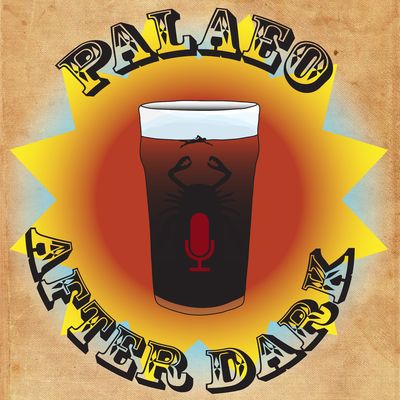A group of scientists have biweekly informal discussions about evolutionary biology and palaeontology... over beer.
http://www.palaeoafterdark.com
Podcast 195 - Big Feetz
The gang discusses two papers that use the trace fossil record to give us a more detailed understanding of the impacts of mass extinctions. Meanwhile, Curt has a new CSI, Amanda has too many synapsids, and James “understands comedy”.
Up-Goer Five (Curt Edition):
Our friends talk about the marks that feet make on the ground and how these marks can tell us about things that died when really bad things happened. They look at two times in the past that a lot of stuff died all of a sudden. The first paper looks at when some big angry animals that are aunts and uncles to things with hair lived. This is from a place where there is a lot of dead things and also foot marks. The paper shows that the death of these big angry animals can be seen if you look for the dead parts or if you look at the feet marks.
The second paper looks at a time when a huge rock hit the ground and nearly killed everything. This paper looks at how foot marks and other marks in the ground changed before and after the rock hit at the place where the rock hit. What they find is that, the rock hitting caused there to not be a lot of marks because things were probably dead. But after a pretty short time, there were a lot or marks again and those marks were not just at the top but also showed that animals were moving up and down as well in the ground.
References:
Marchetti, Lorenzo, et al. "Permian-Triassic vertebrate footprints from South Africa: Ichnotaxonomy, producers and biostratigraphy through two major faunal crises." Gondwana Research 72 (2019): 139-168.
Rodríguez-Tovar, Francisco J., et al. "Rapid macrobenthic diversification and stabilization after the end-Cretaceous mass extinction event." Geology (2020).
